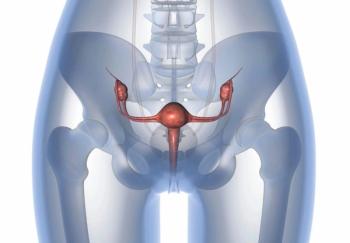
Survey Highlights Gaps in Cervical Cancer Screening Rates
More than 11% of all eligible women had not been screened for cervical cancer in the past 5 years, according to a study by researchers at the CDC.
More than 11% of all eligible women had not been screened for cervical cancer in the past 5 years, according to a study by researchers at the Centers for Disease Control in Atlanta. Screening rates were even lower for those without insurance and among certain minorities.
“Despite evidence that cervical cancer screening saves lives, the incidence and death rates from cervical cancer remain substantial, especially among populations with limited access to care,”
The new report comes from the 2012 Behavioral Risk Factor Surveillance System (BRFSS) survey, and analyzed cervical cancer incidence and death rates for 2007 to 2011 combined, and 2011 alone. The 2012 survey was administered to a total of 133,851 women aged 21 to 65 years, representing a population of more than 70 million women in the United States.
The survey suggests that about 11.4% of those women have not been screened for cervical cancer within the past 5 years. More women had not been screened among the 23 to 29 years age group (13.4%) and among those aged 60 to 65 years (12.6%). Asians/Pacific islanders also had high rates of unscreened women (19.7%), as did American Indians/Alaska Natives (16.5%).
Not surprisingly, those women without health insurance also had high rates of screening failure (23.1%). Among those only without insurance, women aged 50 to 59 years often did not get screened (29.8%), as did Asians/Pacific islanders (32.5%). Similarly, women with no regular health care provider also often failed to get screened (25.5%), with higher rates specifically among those aged 60 to 65 years (37.1%) and Asians/Pacific islanders (40.8%).
In the full 2007 to 2011 period, there were 62,150 cervical cancer cases in the United States The age-adjusted overall incidence rate did decline over that period, by 1.9%; some states, including Arizona, California, Georgia, New York, and Rhode Island, saw particularly large drops in incidence. The overall incidence rate in the United States in 2011 alone was 7.5 per 100,000 women, and this ranged from 4.5 cases per 100,000 women in New Hampshire to 13.7 cases in Washington, DC.
Though incidence rates have declined over this study period, death rates remained stable. In the full 4-year period, there were 19,969 cervical cancer deaths; the death rate declined by 1.2%, but that was not a significant difference. Death rates did significantly decline in North Carolina (4.1% decrease) and in Virginia (11.5% decrease). The South had the highest death rate of any region, and West Virginia had the highest death rate of any state at 4.8%; Utah was lowest at 1.2%.
“Important disparities persist in cervical cancer screening, incidence, and mortality,” the authors wrote. “Most cervical cancer occurs in women who have not had recent screening. By addressing financial and nonfinancial barriers, there is the opportunity to see progress by increasing screening and reducing incidence and death from the disease.”
Newsletter
Stay up to date on recent advances in the multidisciplinary approach to cancer.



















































































